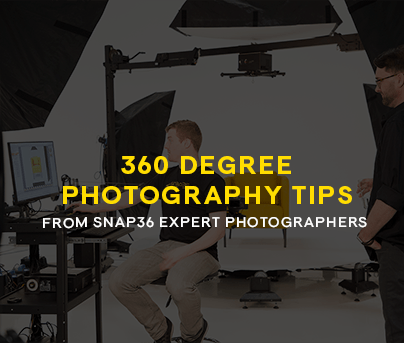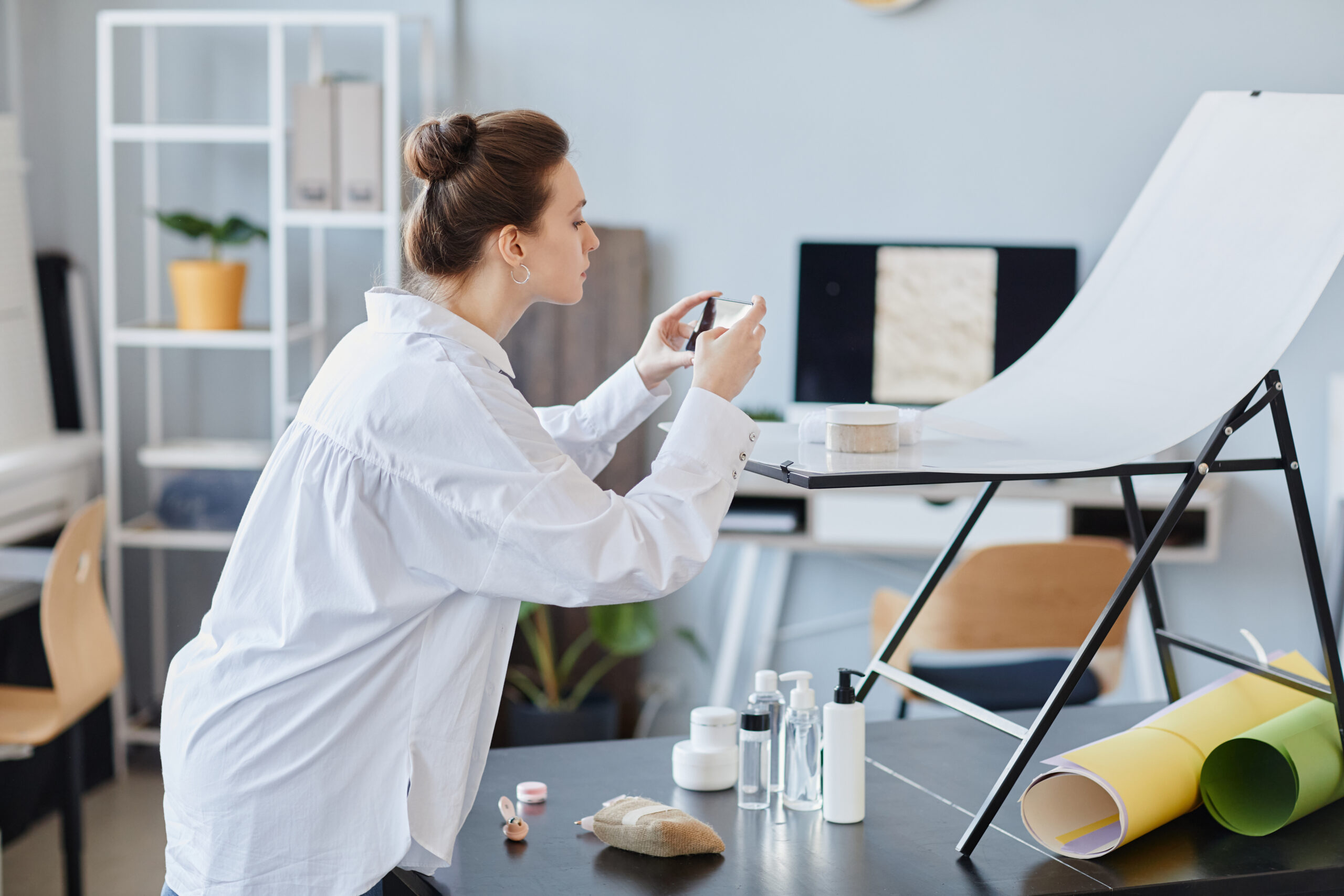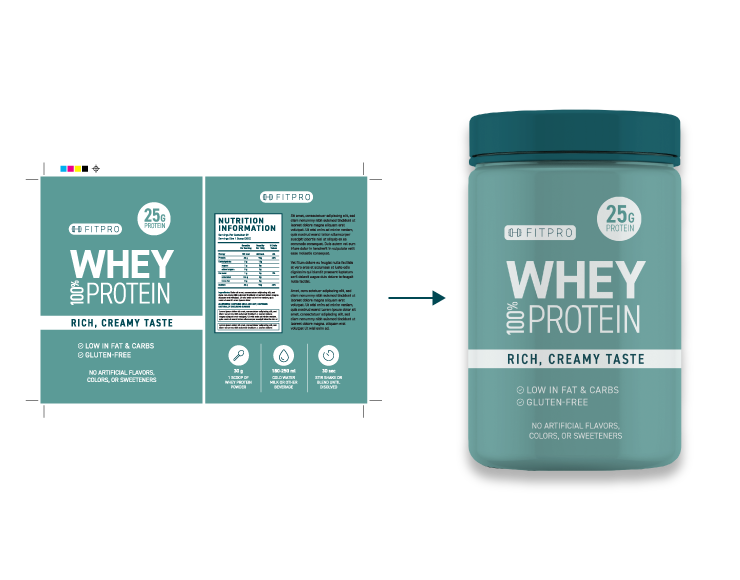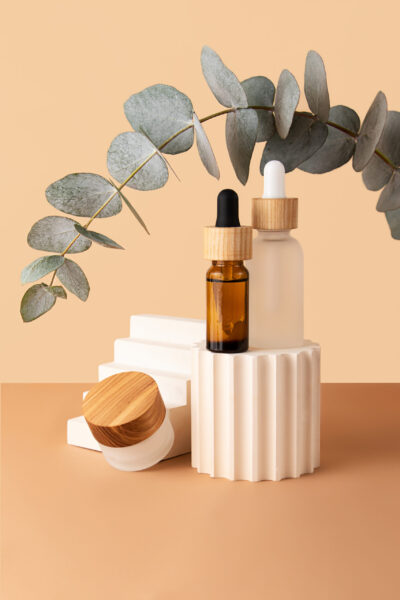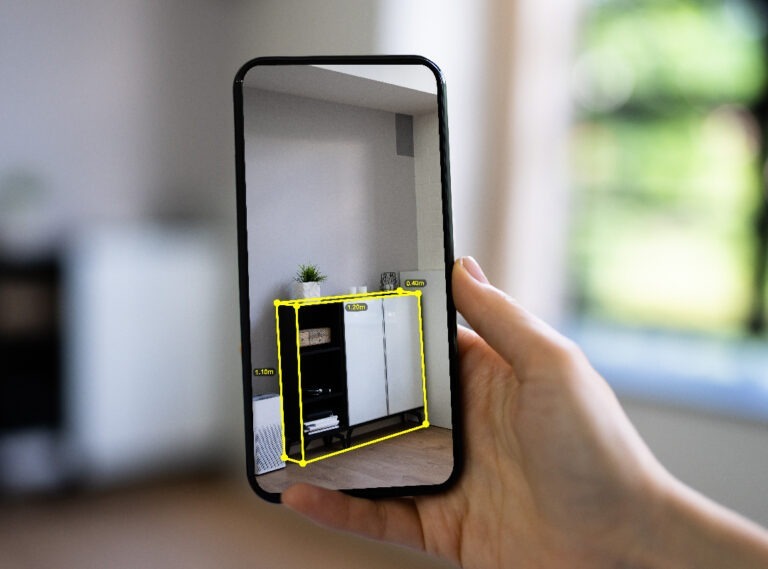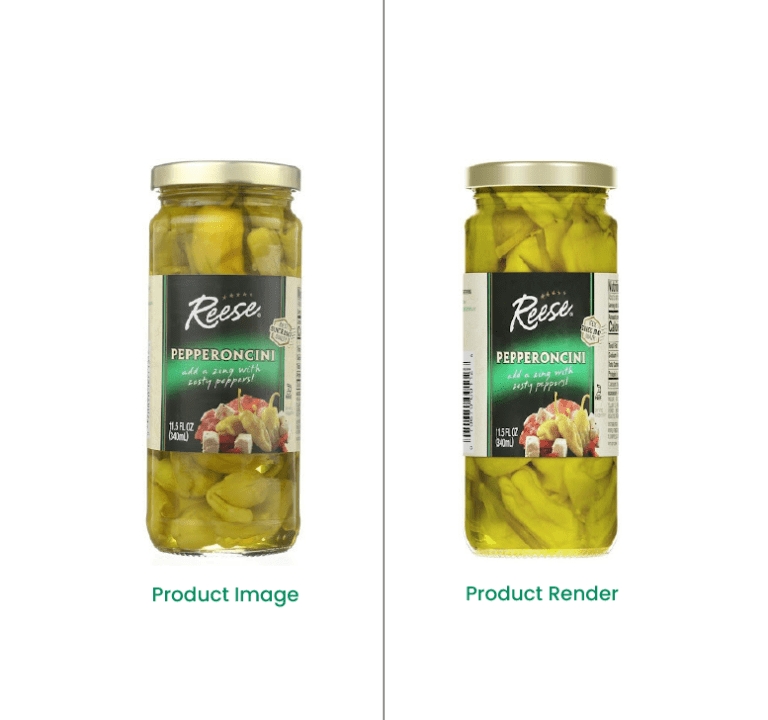We regularly receive an array of questions about our photography processes. From how we shoot certain products and styling advice to the proper cameras, lighting, and equipment. So we went straight to the experts — our very own 1WorldSync photographers!
1WorldSync uses automated robotics to capture products from all angles, creating 360 degree and 3-dimensional imagery. But that doesn’t mean it’s easy. Attention to detail, styling, lighting, and problem-solving are critical for each spin set our team skillfully creates. We sat down with our photographers to learn their best tips and tricks for capturing the best quality photos. Here’s what they had to say.
How do you photograph a product that is shiny and reflective?

“I always place light diffusers on each side of the spin table and directly in front of the two front lights. Sometimes I also use a white bounce board with a circle cut out in front of the camera lens. That usually does the trick.”
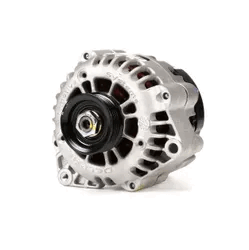
What about translucent products?

“I try to get my black cards as close to the product as possible to form an edge. I make sure the backlight is bright enough to illuminate the product but not too bright to blow it out.”

How about white products on a white background?
“The Photorobot table we shoot on positions the product on a glass plate which separates it from the white background by some distance. This allows us to control the background’s exposure apart from the product’s, giving us more control than if the object were sitting directly on a white surface.”
Any tricks to create smooth highlights to keep the product looking good?

“Imaging the six sides of a CPG product plus three marketing images usually gives you an ideal overview of what the product is and should look like. A lot of food items also require the drug facts, nutrition facts, ingredients or supplement facts to be captured to get a clear understanding of the product. Every product comes with a barcode, which always needs to be added to the shot list, as well. Other products, depending on the client’s request, will need additional images or frames taken to show the 360 capability view to see all angles of the item.”
What style of lighting best lends itself to 360 photography?

“We use a five-light setup which includes 2 front lights, a bottom light, a backlight, and a top light. All lights are softboxes which diffuse the lights. This setup works well for most products.”
How do cameras and lenses affect the overall image quality or experience?

“Higher-end cameras usually come with better specifications and more pixel ratio to play with. So you can benefit from that and generally get cleaner and less grainy shots. Regarding lenses, when using a macro lens (180 mm), you’ll get sharper image results on smaller sized products while using a wide-angle lens (24-105 mm) will enable you to capture larger products. It just depends on the size of the item; we always make sure that we’re using an appropriate lens for each specific product type.”
Are there any techniques for odd-shaped products that won’t stand up on their own?

“We hang a lot of products in the studio that will not stand on their own. If it’s leaning, we add props underneath to straighten. This only works when the props are not blocking the actual product during the spin. If this occurs, we take reference images for retouching to properly remove the props.”

“Usually for products that can’t stand on their own like peg-able items such as toothbrushes, I’ll use a plastic see-through prop. For the GS1 board, we use a double-sided sticky tape to hold products in place, so that they don’t slide off the board while imaging the marketing shots. To hang products from above, we use fish lines to keep them stable.”
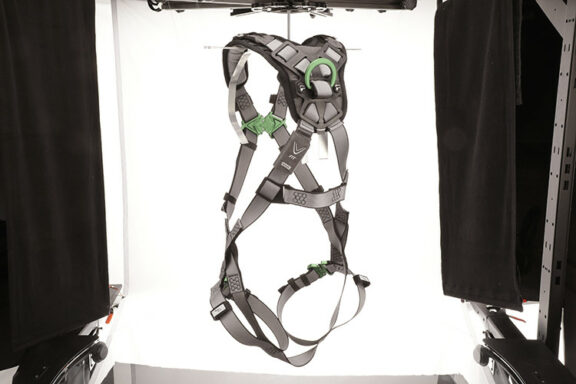
For spin photography, are there tricks in the capture process that can help lessen the amount of post-production and save overall cost?

“If you can shoot a product to a white background, retouching won’t have to clip it. Knowing how to properly adjust your back and bottom lights so you aren’t using too much light is crucial to obtaining a quality image without needing retouching. Typically, hanging products is better than using props because there is less potential for the product being blocked by propping. The fishing line usually blows out anyway, so it is easy to remove in post-production. Sometimes we will re-shoot frames that show reflections of the studio and try to use foam-core to cover the reflection.”
Do you have more questions about 360 degree photography for our experts? Contact us today, and we’ll put you in touch with our team!
